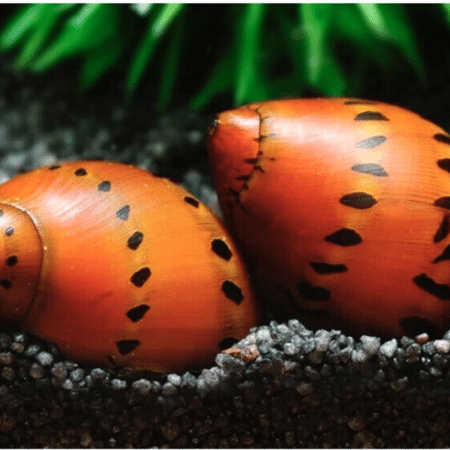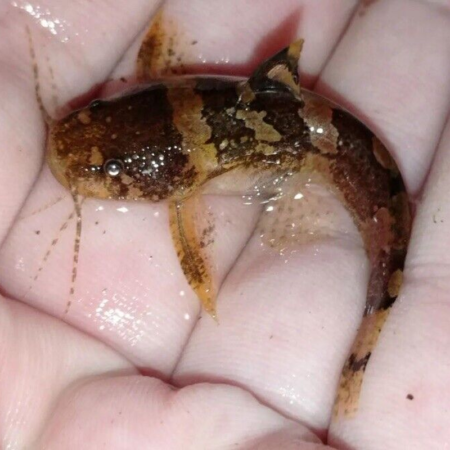To provide the best experiences, we use technologies like cookies to store and/or access device information. Consenting to these technologies will allow us to process data such as browsing behaviour or unique IDs on this site. Not consenting or withdrawing consent, may adversely affect certain features and functions.
The technical storage or access is strictly necessary for the legitimate purpose of enabling the use of a specific service explicitly requested by the subscriber or user, or for the sole purpose of carrying out the transmission of a communication over an electronic communications network.
The technical storage or access is necessary for the legitimate purpose of storing preferences that are not requested by the subscriber or user.
The technical storage or access that is used exclusively for statistical purposes.
The technical storage or access that is used exclusively for anonymous statistical purposes. Without a subpoena, voluntary compliance on the part of your Internet Service Provider, or additional records from a third party, information stored or retrieved for this purpose alone cannot usually be used to identify you.
The technical storage or access is required to create user profiles to send advertising, or to track the user on a website or across several websites for similar marketing purposes.





























Laura Bennett (verified owner) –
I recently welcomed a Bumble Bee Catfish (Microglanis Iheringi) into my aquarium, and I couldn’t be happier! At just 4 cm, this little guy is not only adorable but also remarkably active, bringing life to my tank. After about two weeks, I’ve noticed him exploring every nook and cranny, and he loves to hide among the plants—it’s heartwarming to see him thrive in a well-planted setup.
What I love most is how he gets along with my other fish, including my plecostomus and corydoras catfish. He seems to have a calm demeanor, making him a great companion for my existing community. Compared to other catfish I’ve kept in the past, this one has such a unique personality and charming appearance!
There was a slight concern with acclimation since I introduced him alongside two other fish, but following the right procedures made all the difference. I recommend that anyone considering adding this little beauty should ensure a suitable environment with plenty of hiding spots. This fish would be perfect for both beginner and experienced aquarists who value fish welfare just as much as I do. Overall, I’m thrilled with my purchase and would definitely buy again!
Emily Carter (verified owner) –
I recently added the Bumble Bee Catfish (Microglanis Iheringi) to my tank, and I couldn’t be happier! This little guy, measuring just about 4 cm, has really brought a splash of personality to my aquarium. The stunning stripes are eye-catching, and it gracefully navigates through the tank, often playfully hiding among the plants and driftwood. After two weeks, I’ve noticed he’s become quite the confident swimmer, exploring every corner of the tank.
I appreciate that these catfish are peaceful and get along well with my other freshwater fish. They’re not only beautiful but also help keep the tank clean by munching on leftovers, which is a fantastic bonus. Compared to other catfish species I’ve owned, like the common plecostomus, the Bumble Bee is much more active and engaging to watch.
If you’re looking to enhance your aquarium’s natural beauty while keeping fish welfare in mind, I highly recommend this charming catfish. Just be sure to provide them with hiding spots and live plants to keep them happy. I’m already considering adding a few more to my community tank!